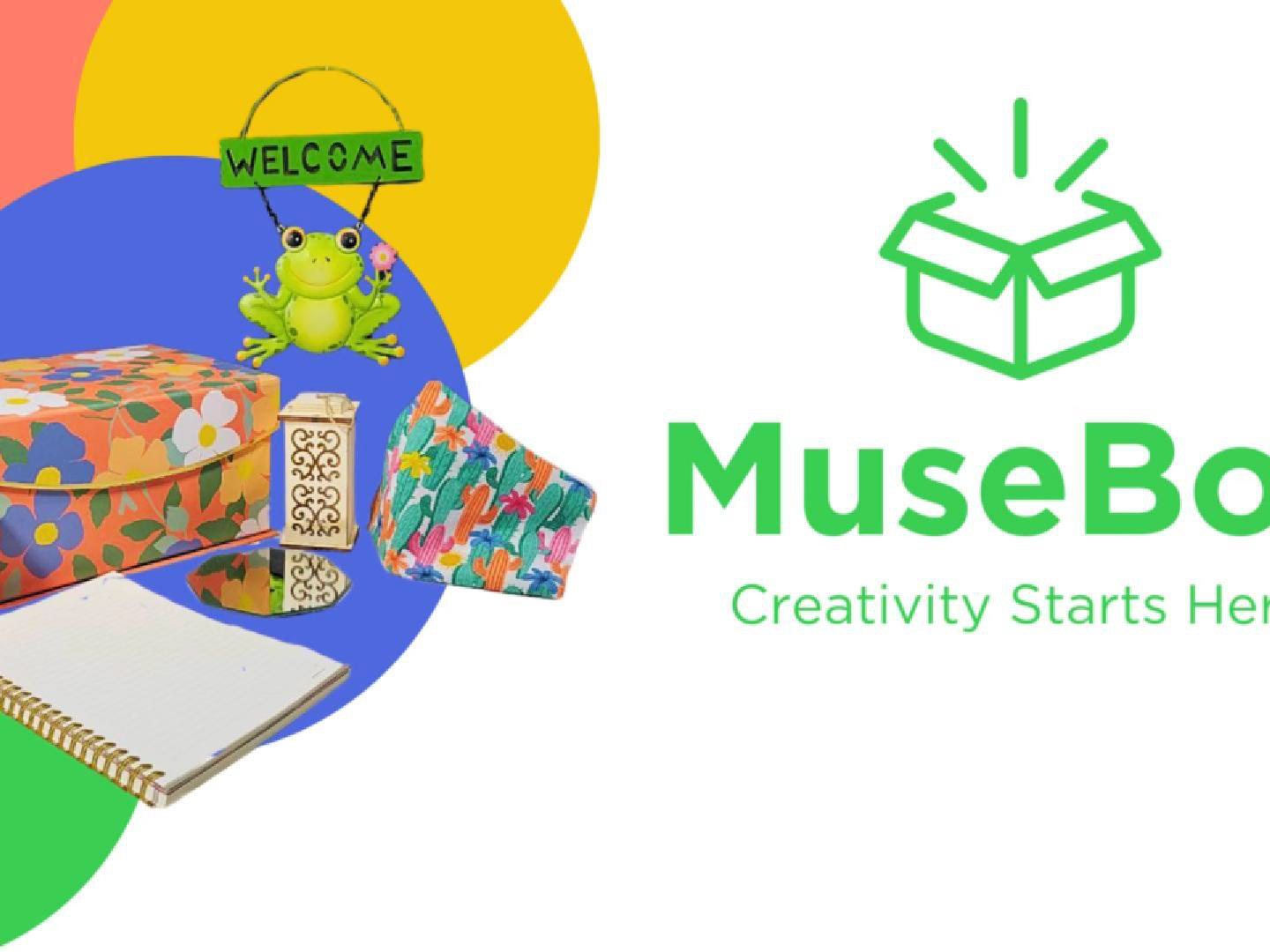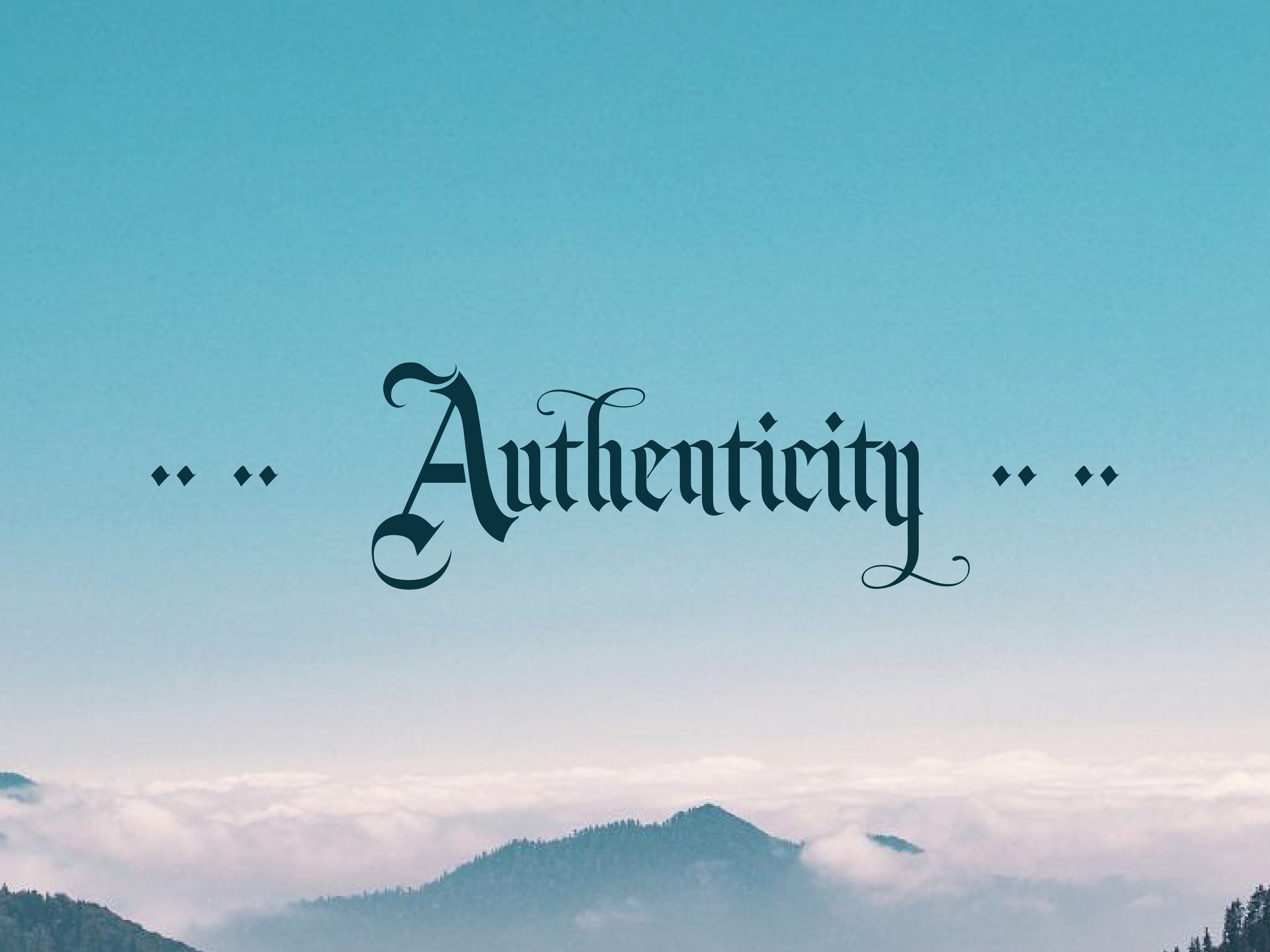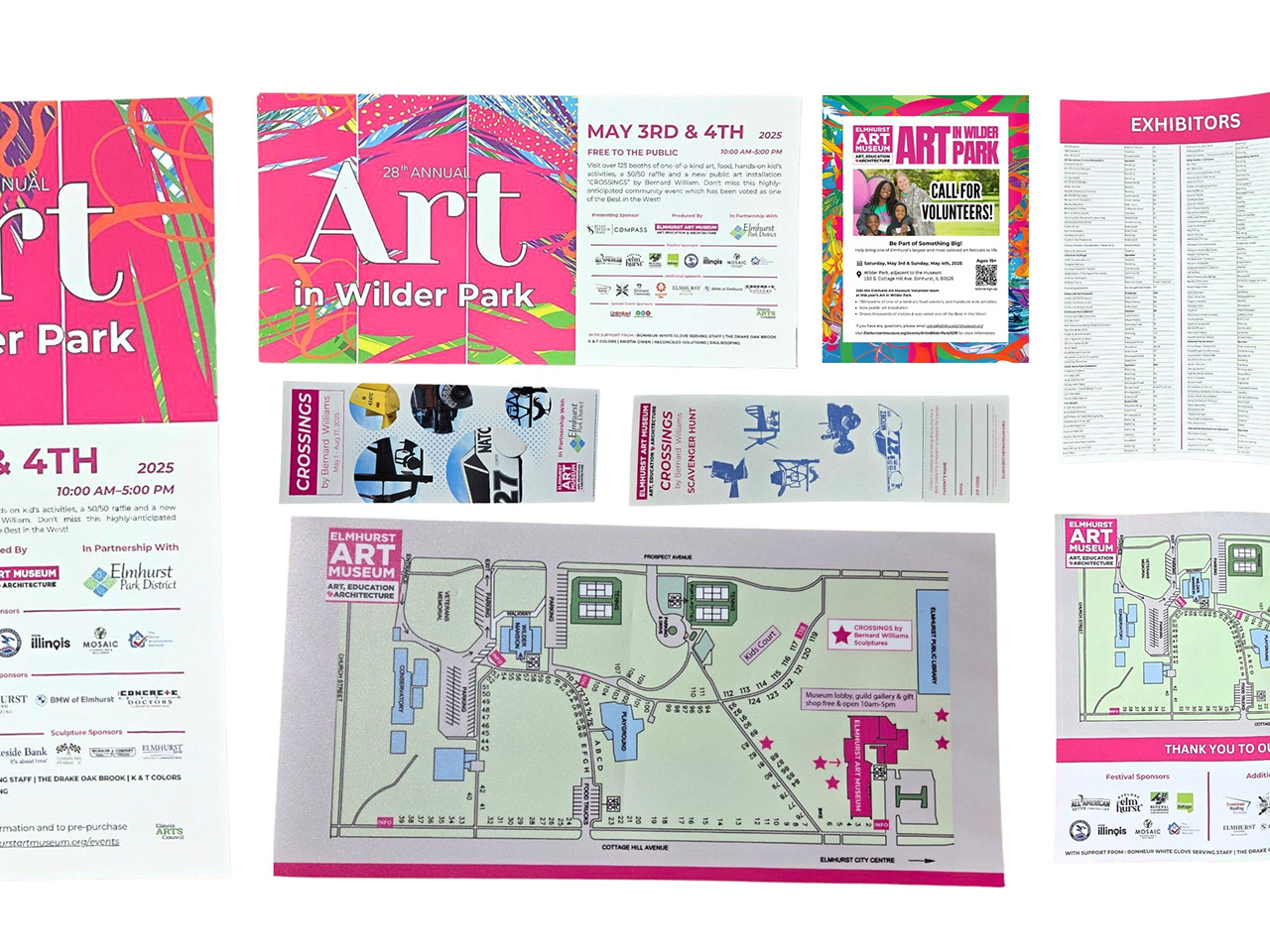Unlocking your creativity can feel daunting; however, with the right techniques it’s more accessible than you think. Whether you are finding your artistic voice for the first time or re-energizing your creativity, nurturing the process is key. Here are five techniques that change the way we think and new habits to exercise in order to grow creatively.
1.Find Your Creative Identity:
Exploring your creative identity is an important element for one’s self-description. Creativity fosters adaptability, enabling one to navigate changes and overcome challenges in any puzzling situation. Creative performance will greatly increase the more one confidently identifies with their artistic side; these implicit beliefs shape how we assess our creativity and behavior.
More natural creativity will flow through you once your self-understanding is perceived. In what mediums will you express yourself? Is it your clothes, paintings, music, words, dance, or perhaps even photography or sculpture? Our personal perception of ourselves may evolve over time, but an important part of growing is infusing creativity into your identity and daily lifestyle.
2.Problem Solve Like A Creative:
Training your mind to view the world differently leads to innovative thinking patterns. Your new, creative self-efficacy will connect the relationship between malleable mindsets and originality. This will lead to a visionary performance across any media you choose. How will your art make a difference? Many professions such as graphic design use artistic ability to create graphics in order to reach the objective of grabbing the audience’s attention.
How ‘out of the box’ can you think? Or is there even a ‘box’? Divergent thinking plays a key role in developing the process of creative problem-solving. A study was conducted including 163 participants who were asked to use an object in a way it was never used before. The results indicated that individuals who excelled at this task were those engaged in creative hobbies that necessitated innovative problem-solving. Find a creative hobby that sparks your imagination, such as doodling simple illustrations, experimenting with easy photography techniques, writing short poems, trying basic knitting patterns, or learning a few simple chords on the ukulele.
3.Build A Creative State of Mind:
All great ideas spark when you have a great mindset! Data from students throughout a semester-long observation showed that mindset played a crucial role in developing a flow of creativity. A positive attitude, with an open mind to learn and progress was known as a high growth mindset.The greater the demonstration of readiness at the start of the creative process, the more effectively one can achieve their goals. In a long-term perspective, the creative mindset greatly improves one’s design ability. A positive habit to implement is to journal about the creative qualities you hope to develop and seek practical methods to nurture them.
A technique known as perspective shifting is achieved by presenting the motives of a character or narrator. Stepping into someone else's shoes enables your mind to craft a fresh narrative, training more of your creative side. Engaging in practices such as journaling with storytelling prompts can enhance this skill by encouraging you to explore emotions and scenarios through the lens of various perspectives
4.Find A Creative Community:
Creative peers tend to strengthen an individual's creative self-concept. Find creative groups such as art collectives, photography clubs, or design societies. Groups can be discovered in various places, including local communities, college campuses, or online through social media where many upcoming events are shared. You can also reach out directly to get involved.
Research shows that people perceive creativity differently, depending on whether the creator is part of their own creative group or community that shares similar goals and interests. Being part of a like-minded community encourages creativity by offering support and diverse perspectives. This collaborative environment aids in problem-solving and sparks ideas that might not emerge when working alone. Further research on brainstorming groups revealed that standing during discussions boosts creativity by fostering teamwork, enhancing the quality of shared information, and encouraging openness to others' ideas.
Research shows that people perceive creativity differently, depending on whether the creator is part of their own creative group or community that shares similar goals and interests. Being part of a like-minded community encourages creativity by offering support and diverse perspectives. This collaborative environment aids in problem-solving and sparks ideas that might not emerge when working alone. Further research on brainstorming groups revealed that standing during discussions boosts creativity by fostering teamwork, enhancing the quality of shared information, and encouraging openness to others' ideas.
5.Go Outside And Let Your Mind Wonder:
Mind wandering is a key mental exercise that fosters creativity by giving your brain the freedom to explore without limitations and producing unexpected connections. Research shows that during these moments, the mind can uncover novel insights, facilitating creative fluency. This process involves rapidly generating numerous ideas and then transforming them into more refined concepts. Allowing your mind to wander can ignite creative breakthroughs that may not emerge from more structured approaches to thinking.
Brainstorming sessions exercise both spontaneous and controlled thinking, helping to establish new, problem-solving approaches. This process also allows your brain to generate fresh ideas. Let your mind wander and the creativity flow! Feel free to turn off your device and step outside with some fellow creatives.










